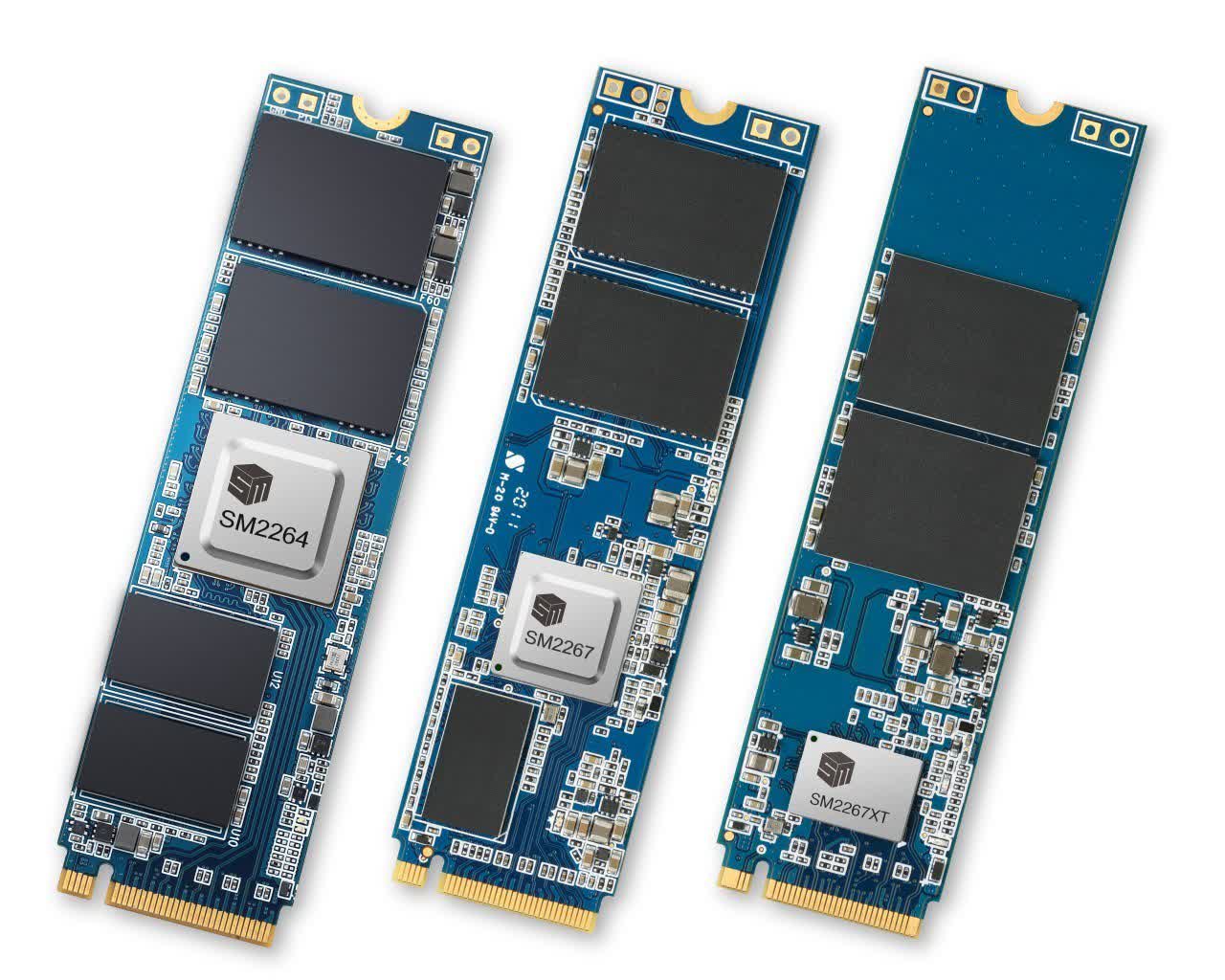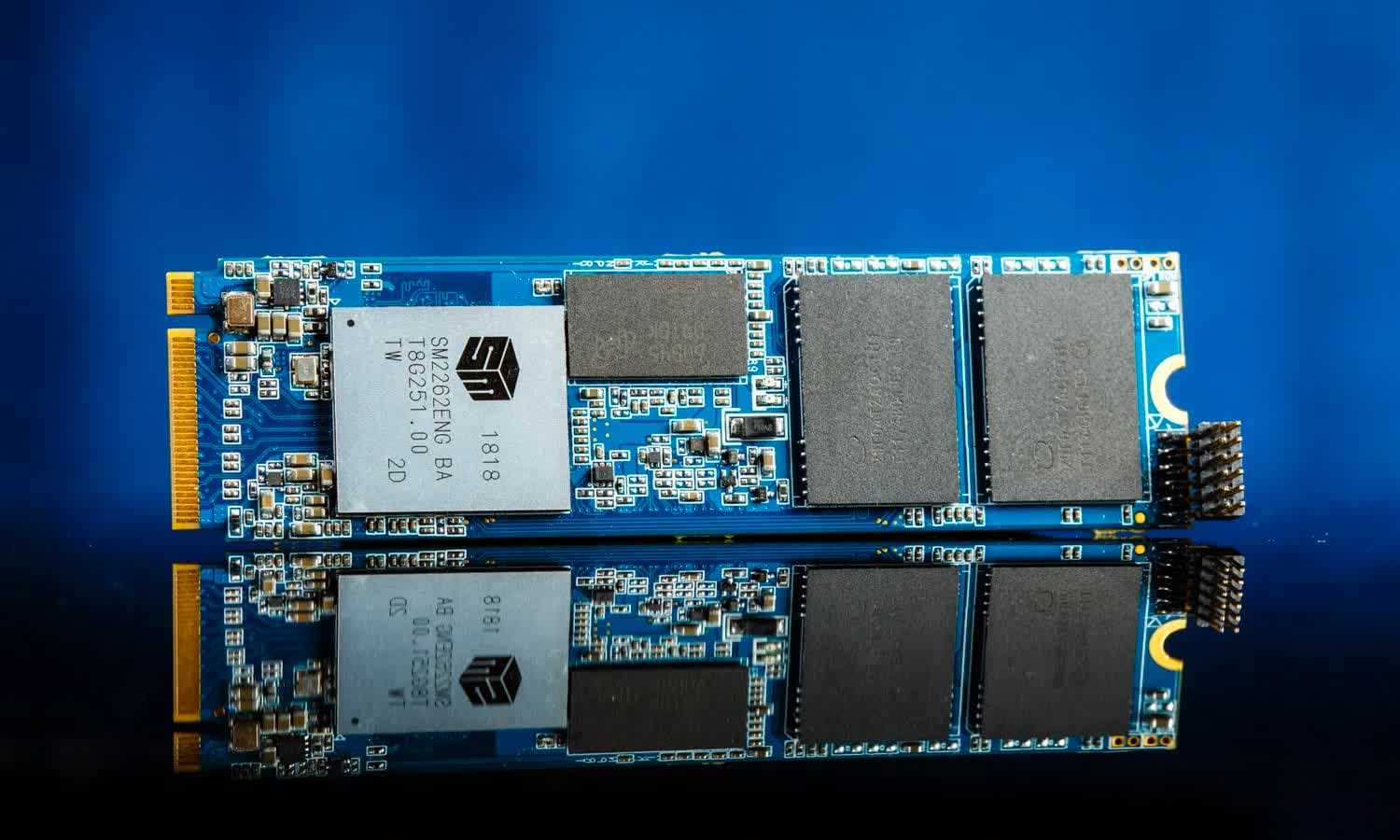Why it matters: Silicon Motion is looking to cash in on the huge demand for fast storage in the enterprise space, so it's scrambling to be among the first companies to launch a PCIe 5.0 SSD controller. And while that may not mean much for consumers today, it signals that significantly faster SSDs might arrive a bit sooner than expected.
PCIe 4.0 has brought little performance improvement on the graphics card end, as we've shown through our testing using the GeForce RTX 3080 FE. However, it did lead to a new crop of NVMe solid state drives that offer incredibly fast read and write speeds, while some models like the Samsung 980 Pro can hit a blistering 7,000 MB per second.
On the eve of PCIe 4.0's arrival in 2019, the Peripheral Component Interconnect Special Interest Group (PCI-SIG) announced PCIe 5.0 and PCIe 6.0 specs, which looked like a peculiar decision. On the other hand, enterprise and industrial requirements are evolving so fast that these standards will no doubt coexist to serve a variety of applications.

Silicon Motion recently said that it would start sampling a new enterprise SSD controller that uses the PCIe 5.0 interface as soon as the second half of this year. The company plans to introduce server SSDs based on the new controller next year, which means consumer-grade PCIe 5.0 SSDs are potentially also in the pipeline.
Consumer PCIe 4.0 SSDs are plenty fast for most applications, but they're quickly saturating the theoretical maximum of 8 GB per second that a 4-lane connection can afford. PCIe 5.0 can effectively double that bandwidth, which is going to benefit machine learning and big data applications more than gaming or video editing, though Microsoft's DirectStorage API might change that in the near future.
Kioxia (formerly Toshiba Memory) is also working on enterprise-grade PCIe 5.0 SSDs based on its CM6 platform, and is already shipping engineering samples to its customers. At any rate, the soonest we might use a PCIe 5.0 SSD in a normal PC is whenever Intel will be able to ship its Alder Lake CPUs, which could be as soon as this year or early 2022.
Image credit: The SSD Review
